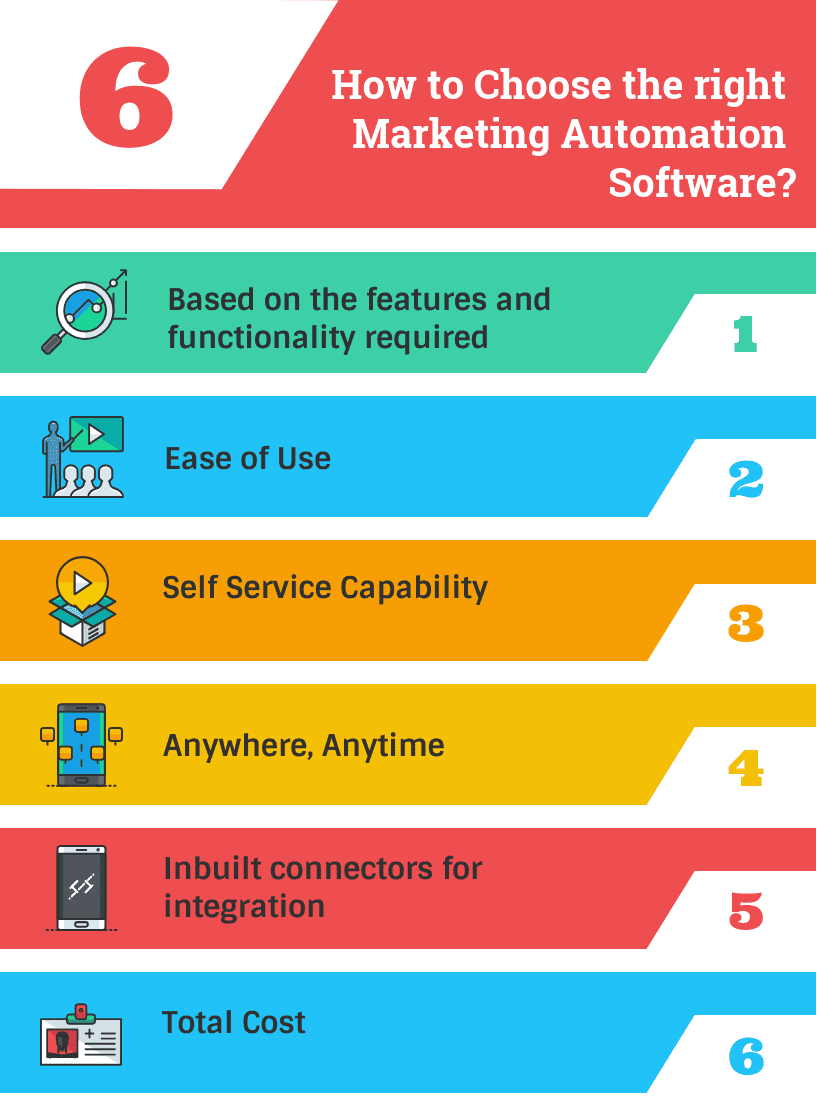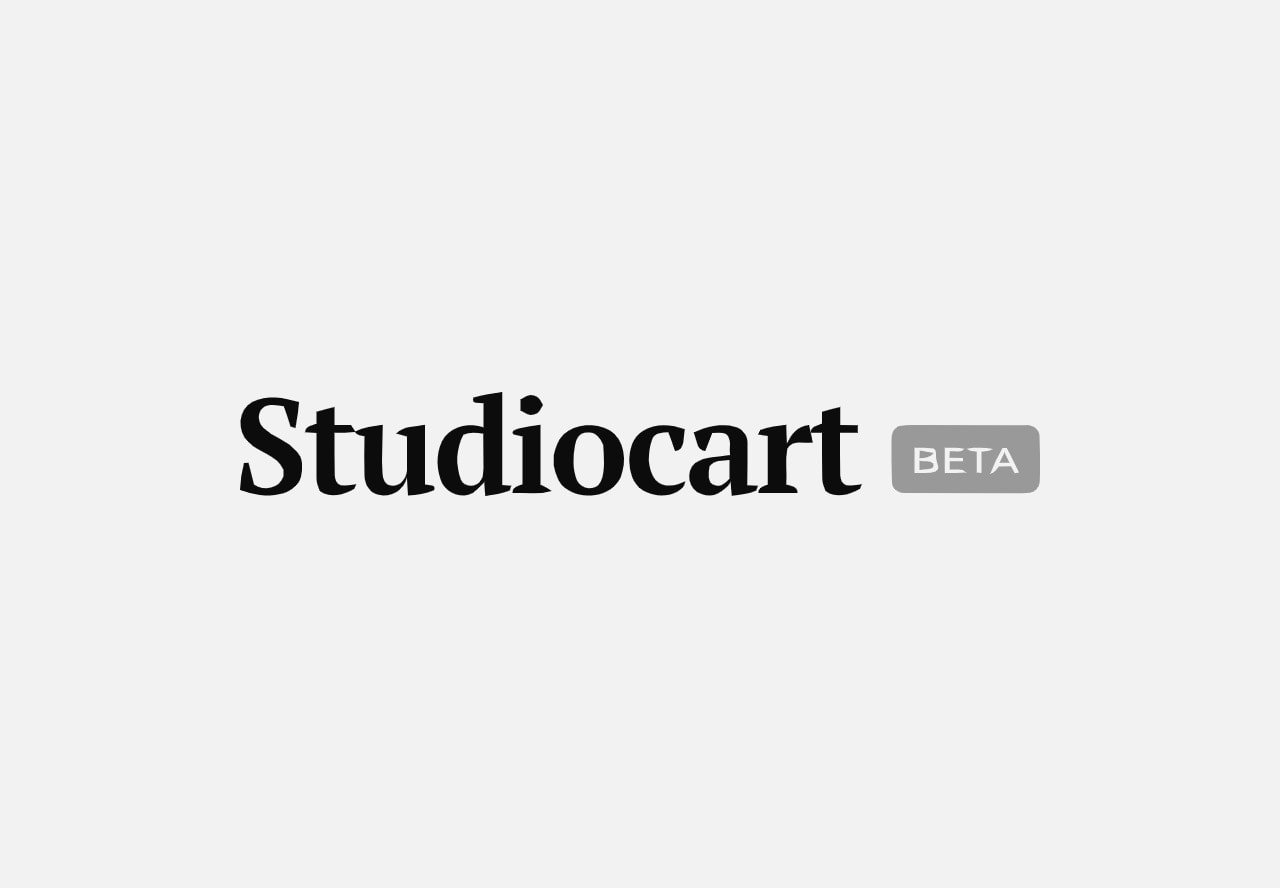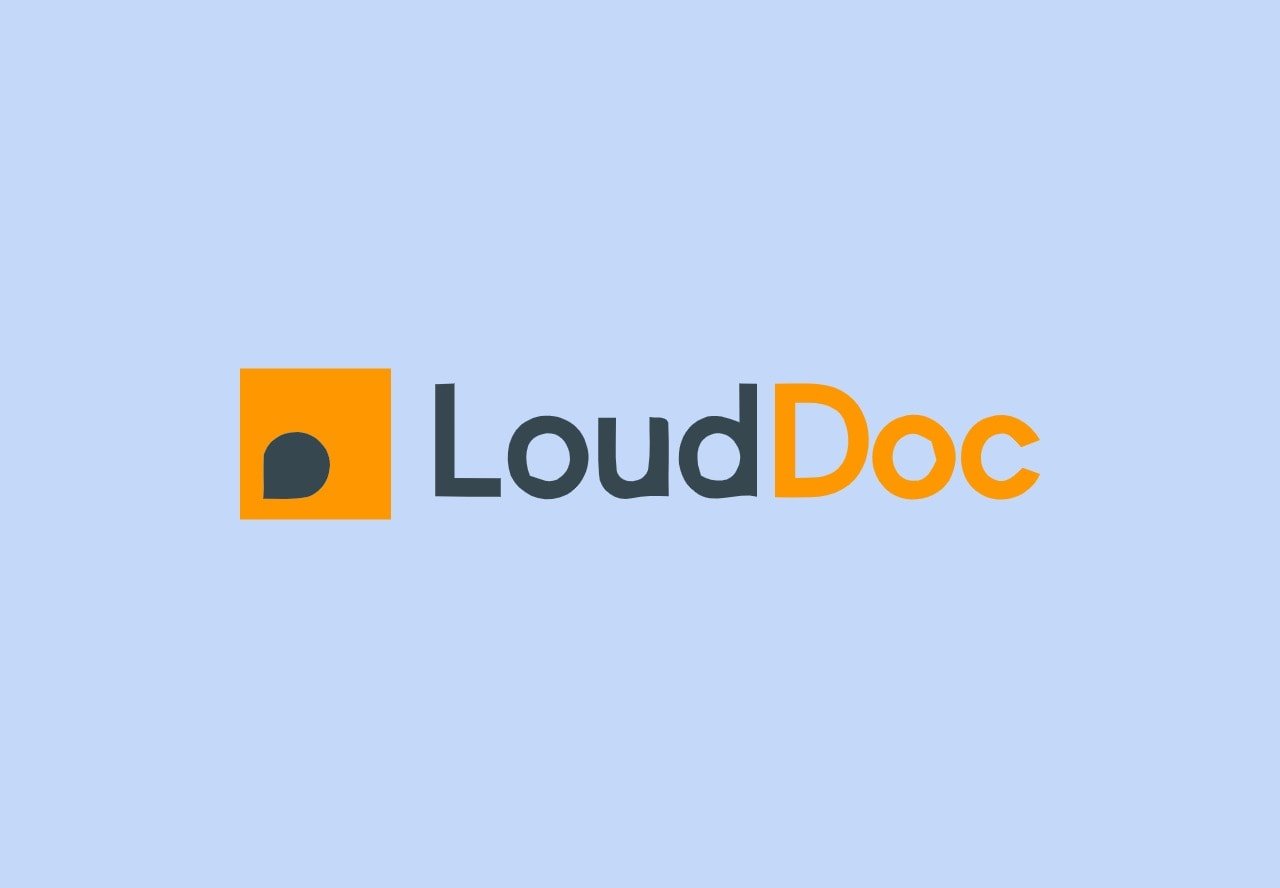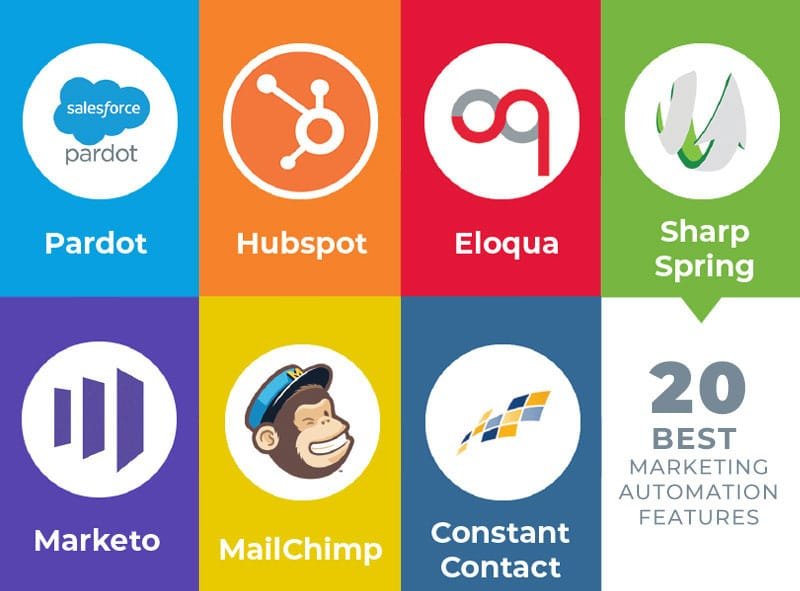Choosing the right marketing automation software can greatly impact your business. It streamlines tasks, improves efficiency, and boosts your overall marketing strategy.
But how do you choose the best one for your needs? With so many options available, it can feel overwhelming. You need software that fits your budget, integrates with your current systems, and meets your specific needs. This guide will help you navigate the selection process.
By the end, you’ll know what to look for and how to make an informed decision. Let’s dive in and explore the key factors to consider when choosing marketing automation software.
Introduction To Marketing Automation
In today’s digital age, businesses need efficient ways to manage their marketing efforts. Marketing automation software helps streamline processes, saving time and increasing productivity. Choosing the right software can transform your marketing strategy.
What Is Marketing Automation?
Marketing automation is technology that manages marketing tasks automatically. It involves using software to automate repetitive actions. This includes email marketing, social media posting, and ad campaigns.
The main goal is to enhance customer engagement. Automation tools allow marketers to create personalized experiences. This leads to higher conversion rates and customer satisfaction.
Benefits Of Marketing Automation
Marketing automation offers several advantages. First, it saves time by handling repetitive tasks. Marketers can focus on strategy instead of manual work.
Second, it improves lead management. Automation helps track and nurture leads efficiently. This results in higher chances of converting leads into customers.
Third, it provides valuable insights. Automation tools analyze data and generate reports. These insights help refine marketing strategies.
Finally, it enhances customer experience. Personalized marketing makes customers feel valued. Automation helps deliver tailored messages at the right time.

Credit: webengage.com
Identifying Business Needs
Choosing the right marketing automation software starts with identifying your business needs. Define your goals and understand your audience. This helps in selecting tools that align with your marketing strategy.
When choosing marketing automation software, it’s crucial to start by identifying your business needs. This step sets the foundation for making an informed decision. By understanding what your business specifically requires, you can tailor the software to meet those needs effectively.Assessing Current Marketing Strategies
Start by evaluating what you’re currently doing. Look at your existing marketing strategies and determine what is working and what isn’t. This will help you pinpoint areas that need improvement. Ask yourself questions like: Are your email campaigns effective? Is your social media engagement where you want it to be? Understanding your current strategies helps you identify the features you need in marketing automation software. Create a list of your marketing activities. This can include email marketing, social media posting, lead generation, and customer follow-up. Assessing these will help you understand where automation can save you time and effort.Setting Clear Goals
Define what you want to achieve with marketing automation. Clear goals will guide your selection process and ensure the software aligns with your business objectives. Think about both short-term and long-term goals. Do you want to increase lead generation in the next quarter? Or improve customer retention over the next year? Setting clear goals makes it easier to choose software that supports your ambitions. Consider using SMART goals (Specific, Measurable, Achievable, Relevant, Time-bound). For example, aim to increase email open rates by 20% over the next six months. Setting specific targets helps you measure the success of the software you choose. By identifying your business needs through assessing current strategies and setting clear goals, you pave the way for selecting the right marketing automation software. This approach ensures that the software you choose will truly benefit your business and help you achieve your marketing objectives.Key Features To Look For
When selecting marketing automation software, focus on the key features. These features will ensure the software meets your business needs. Below are some essential features you should consider.
Email Marketing Capabilities
Email marketing is a crucial feature of marketing automation software. The software should allow you to create, send, and track emails. Look for options that offer email templates. These templates can save you time. The ability to segment your email list is also important. It helps you send targeted messages. Analytics and reporting are key as well. They show how your emails are performing. Look for software that offers A/B testing. This feature helps you refine your email campaigns for better results.
Lead Management
Lead management is another important feature. The software should help you capture and nurture leads. Look for tools that can track lead behavior. This will help you understand your leads better. Lead scoring is a valuable feature. It helps you prioritize leads based on their engagement. Automated lead nurturing campaigns save time and improve efficiency. Integration with your CRM system is crucial. It ensures your sales and marketing teams are aligned. This feature can improve your overall lead management process.
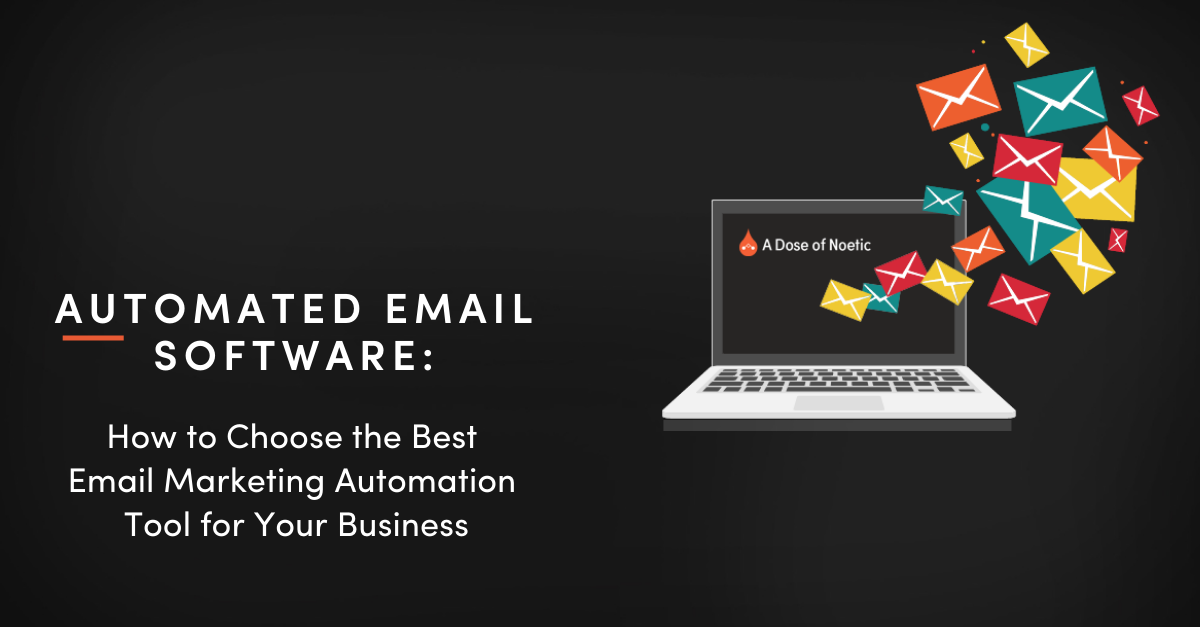
Credit: www.noeticmarketer.com
Comparing Different Options
Finding the right marketing automation software involves comparing features, pricing, and user-friendliness. Consider your team’s needs and the software’s integration capabilities. Evaluate customer support and training resources available.
Choosing the right marketing automation software can be overwhelming. With so many options available, it’s crucial to compare your choices effectively. Each tool offers unique features and benefits, making it essential to find one that aligns with your needs and goals. Let’s dive into some of the top marketing automation tools and explore their pros and cons.Top Marketing Automation Tools
When comparing different options, start with the most popular tools. Some of the top marketing automation tools include: 1. HubSpot 2. Mailchimp 3. Marketo 4. ActiveCampaign 5. Pardot These tools are well-known for their robust features and user-friendly interfaces. Each has its strengths and weaknesses.Pros And Cons
HubSpot Pros: – All-in-one solution for marketing, sales, and service. – User-friendly with excellent customer support. – Offers a free version with basic features. Cons: – Can be expensive as you scale. – Some advanced features may require additional training. Mailchimp Pros: – Great for email marketing with customizable templates. – Easy to use with a free plan for small businesses. – Strong integration with e-commerce platforms. Cons: – Limited automation features compared to competitors. – Reporting capabilities can be basic. Marketo Pros: – Advanced automation and analytics capabilities. – Excellent for B2B marketing. – Strong lead management features. Cons: – Higher price point. – Steeper learning curve. ActiveCampaign Pros: – Affordable with powerful automation features. – Excellent email marketing and CRM integration. – Great customer support. Cons: – Interface can be overwhelming for beginners. – Limited social media integration. Pardot Pros: – Seamless integration with Salesforce. – Strong B2B marketing capabilities. – Advanced lead nurturing features. Cons: – Expensive, especially for small businesses. – Requires technical expertise to fully utilize. When I was choosing a marketing automation tool for my business, I found that testing different options was key. For instance, I started with Mailchimp due to its ease of use and affordability but eventually moved to HubSpot for its comprehensive features as my business grew. What are the specific needs of your business? Budget? Features? Integration capabilities? Answering these questions will help you narrow down your choices. Remember, the best tool for one business might not be the best for another. Take the time to assess your needs and compare your options thoroughly.Budget Considerations
Consider the software’s cost against your budget. Look at features offered and compare with other options. Ensure it fits your needs without overspending.
Choosing the right marketing automation software can feel like navigating a maze. One of the key aspects you need to consider is your budget. Understanding your financial limitations and ensuring you get the most value for your money is crucial. Let’s break down the budget considerations to help you make an informed decision.Cost Vs. Value
When evaluating marketing automation software, it’s important to weigh the cost against the value it provides. A lower-priced option might seem attractive, but it could lack essential features. On the other hand, a higher-priced tool might offer advanced capabilities that can save you time and increase revenue. Think about your business needs. Do you need email marketing, social media management, or analytics? Make a list of must-have features and compare them with the software’s cost. Remember, sometimes paying a bit more upfront can lead to greater savings and efficiency in the long run. A friend of mine chose a cheaper tool only to switch later due to missing features, resulting in lost time and money.Hidden Fees
Hidden fees can turn a seemingly affordable software into a budget buster. When reviewing options, check for additional costs like setup fees, training charges, or extra support fees. These can add up quickly and affect your budget. Some tools charge based on the number of users or the size of your email list. If your business is growing, these costs can increase significantly over time. Ensure you understand the pricing structure fully. Look out for upgrade fees. Software that seems affordable at first might require expensive upgrades to access necessary features. It’s like buying an entry-level car and then finding out you need to pay extra for essential parts. Have you ever been caught off guard by hidden fees? It’s a frustrating experience that can be avoided with thorough research. By carefully considering cost vs. value and being aware of hidden fees, you can choose a marketing automation software that fits your budget and meets your needs. What other budget factors do you think are essential when making this decision?Implementation Process
The implementation process of marketing automation software can determine its success. A smooth implementation helps your team use the software effectively. It also ensures that the software integrates well with your existing systems and meets your business needs. Let’s look at three key areas: Integration with Existing Systems, Training, and Support.
Integration With Existing Systems
Ensure the software works with your current tools. Check compatibility with CRM systems, email platforms, and social media tools. This integration prevents data silos and streamlines your workflows. Look for software that offers API access or pre-built integrations. These features simplify the integration process and save time.
Training And Support
Proper training is essential for effective software use. Choose software that offers comprehensive training resources. These can include tutorials, webinars, and documentation. Support is equally important. Ensure the provider offers 24/7 support or a dedicated account manager. Quick access to help can prevent downtime and resolve issues fast.
Measuring Success
Selecting the best marketing automation software involves evaluating its ability to track key performance indicators. Consider tools that provide clear metrics on campaign success. Ensure it offers detailed analytics for informed decision-making.
Choosing the right marketing automation software is a significant investment for your business. To ensure you’re getting the most out of your chosen tool, it’s crucial to measure your success accurately. Knowing what to look for and how to assess your performance can help you make informed decisions and continuously improve your strategies.Key Performance Indicators
To measure the success of your marketing automation software, start by identifying your Key Performance Indicators (KPIs). KPIs are measurable values that show how effectively your marketing efforts are achieving your business objectives. Focus on metrics that matter most to your business. These could include conversion rates, lead generation, customer retention, or return on investment (ROI). For instance, if your goal is to increase conversions, track the number of leads that turn into paying customers. Keep an eye on these KPIs regularly. This will help you identify trends and make data-driven decisions. Don’t just collect data—use it to guide your actions and optimize your marketing efforts.Continuous Improvement
Success in marketing automation isn’t a one-time achievement. It’s an ongoing process that requires continuous improvement. After analyzing your KPIs, look for areas where you can enhance your strategies. Experiment with different approaches to see what works best. For example, if email open rates are low, try A/B testing subject lines or send times. Small tweaks can lead to significant improvements. Engage your team in the process. Encourage feedback and brainstorming sessions to discover new ideas. Ask questions like, “What has worked well?” and “What can we do better?” This collaborative approach can lead to innovative solutions and better results. Additionally, keep up with industry trends and updates in marketing automation software. New features and tools are constantly being developed. Staying informed can give you a competitive edge and help you leverage the latest advancements. By focusing on key performance indicators and committing to continuous improvement, you’ll be well-equipped to measure and enhance the success of your marketing automation efforts.Case Studies And Examples
Explore various case studies and examples to choose the right marketing automation software. Learn from real-life success stories and insights.
When choosing marketing automation software, examining real-world case studies and examples can be a game-changer. These stories reveal how different businesses have successfully implemented these tools and what they learned along the way. By understanding their journeys, you can make better decisions for your own marketing strategies.Successful Implementations
Looking at successful implementations of marketing automation software gives you a clear picture of its potential. Consider a mid-sized e-commerce company that increased its sales by 30% within six months of using automation tools. They streamlined their email campaigns, personalized customer interactions, and optimized their social media presence. Another example is a local fitness studio that used automation to manage their membership renewals and class schedules. This freed up their staff to focus on customer service, leading to higher retention rates and more satisfied clients. Seeing how others have thrived can help you visualize what’s possible for your own business.Lessons Learned
While success stories are inspiring, it’s equally important to learn from others’ challenges. A common lesson is the need for proper training. One company invested heavily in automation software but neglected to train their team adequately. As a result, they faced a steep learning curve and initially missed out on many of the tool’s benefits. Another lesson learned is the importance of data quality. A B2B firm tried to automate their lead scoring but struggled because their data was outdated and inconsistent. They had to clean up their database before the automation could deliver accurate results. Think about how these lessons apply to your situation. Are you prepared to invest time in training? Is your data up-to-date and reliable? Addressing these questions now can save you headaches later. By analyzing both the successes and the lessons learned, you can make an informed choice about which marketing automation software will best meet your needs. What steps will you take to ensure your implementation goes smoothly?
Credit: www.agilecrm.com
Frequently Asked Questions
What Is The Best Software For Marketing Automation?
HubSpot is one of the best marketing automation software. It offers comprehensive tools for email marketing, lead management, and analytics.
Where To Start With Marketing Automation?
Start with identifying your marketing goals. Choose the right marketing automation platform. Integrate it with your existing tools. Segment your audience for targeted campaigns. Continuously analyze and optimize your strategies.
Which Type Of Crm Is Used For Marketing Automation?
Marketing automation CRM is used. It automates marketing tasks, manages campaigns, and nurtures leads efficiently. Popular examples include HubSpot, Marketo, and Pardot.
How Much Does A Marketing Automation Platform Cost?
Marketing automation platform costs vary widely, ranging from $200 to $10,000+ per month, depending on features and user numbers.
Conclusion
Choosing the right marketing automation software is crucial for business success. Start by identifying your needs. Compare features and pricing of various options. Look for user-friendly interfaces. Check for integration with existing tools. Read reviews from real users. Test the software before committing.
Make sure it scales as your business grows. Remember, the best choice supports your goals and fits your budget. Happy marketing!

